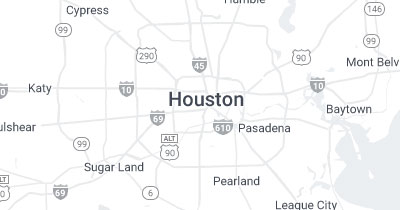Neck Pain
Neck Pain
The most common and obvious symptoms of cervical degenerative disc disease are neck pain and a stiff neck. When one of these conditions presses on one or more of the many nerves running through the spinal cord, you also can develop pain, numbness, or weakness radiating down your shoulder, arm, and hand. Neck pain is a symptom commonly associated with dull aching. Sometimes pain in the neck is worsened with movement of the neck or turning the head. Other symptoms associated with some forms of neck pain include numbness, tingling, tenderness, sharp shooting pain, range-of-motion difficulties, fullness, difficulty swallowing, pulsations, swishing sounds in the head, dizziness or lightheadedness, and lymph node (gland) swelling.
There are numerous causes of unwanted neck pain. You may experience stiffness or soreness in your neck after sleeping, extended periods of sitting a desk, or normal everyday activities. Neck pain could also signify an underlying issue such as degenerative disc disease, neck strain, osteoarthritis, cervical spondylosis, spinal stenosis, poor posture, neck injury such as in whiplash, a herniated disc, a pinched nerve (cervical radiculopathy), fibromyalgia, or polymyalgia rheumatica.
Treatment options may include rest, heat or cold applications, traction, soft-collar traction, physical therapy, local injections of cortisone or anesthetics, topical anesthetic creams, topical pain-relief patches, muscle relaxants, over-the-counter anti-inflammatory drugs, and surgical procedures.
Neck pain can really only be prevented by avoiding injury to the neck. This would include minimizing the risks of injury during sports activities. Athletes who participate in collision sports can prevent neck injury with appropriate equipment, neck strengthening exercises, and occasional neck bracing.




